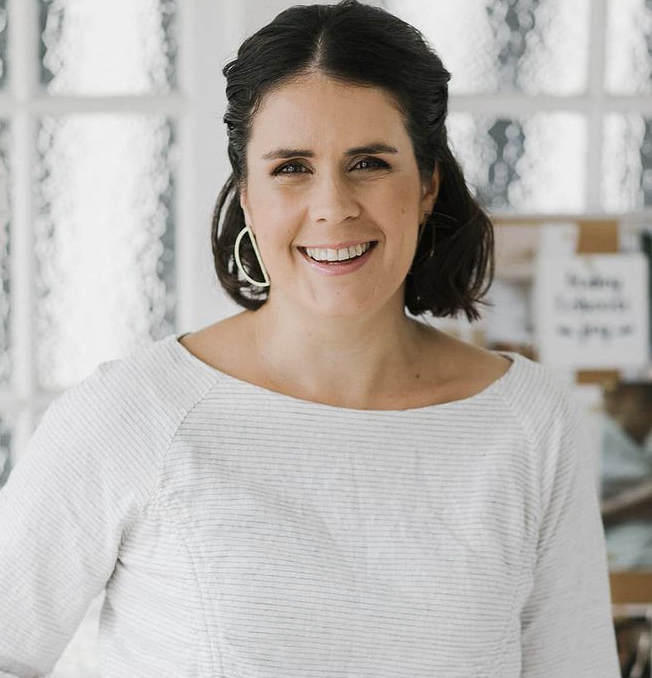
Closing current and future skills gaps

Live from Learning Technologies 2022, Ollie Browning, VP of Sales EMEA at Go1; Marc Zao Sanders, Founder and CEO of Filtered.com; Lori Niles-Hofmann, Senior Learning EdTech Transformation Strategist; and Rosemary Hoskins, Global Capability Leader at AstraZeneca, gathered to discuss and debate how businesses can close current skill gaps and be prepared for the future.
The first question posed on the stage set the tone for an energetic debate, '‘what did we get right and what did we get wrong when it came to skills and upskilling people?’
Marc is the first to reply stating that he believes that L&D as an industry expertly tackled the digital transformation of upskilling, especially with the pandemic. What should have originally been a two year evolution, was condensed into a couple of months. L&D professionals were able to help employees transition with remote working and online collaborations seamlessly, facilitating the work from home process at speed. However, Marc also points out that as the pandemic pushed forward mental health started to decline amongst employees, L&D leaders faced more obstacles than expected which is not to be dismissed. In the case of AstraZeneca specifically, Rosemary felt her L&D team excelled at identifying skills their team might need in the future and is proud to share this with the audience.
Next the panel discussed the following question, ‘should organisations be offering more beyond giving employees the opportunity to learn and grow?’
The group concludes that developing skills ultimately comes down to thinking about culture. It was recently found that employees voted that ‘opportunities to learn and grow’, ‘a sense of belonging’, ‘organisational values’, ‘support for well-being’, and ‘collaboration’ were the five key factors that created a great workforce. Rosemary specifically emphasises on the importance of ‘opportunities to learn and grow’ as well as ‘collaboration’ among employees. She believes L&D platforms are crucial, but feels it’s important employees understand a learning culture goes beyond just a curated content library. Rosemary claims that one of the main ways people learn comes from actually doing the work or interacting with fellow employees and learning from them, rather than just theory. Marc and Ollie further support Rosemary’s point and are in agreement that online learning content is not a standalone solution. The pair note that curated learning content is more beneficial for employees when it's combined with peer engagement. Not only does the added level of networking help personalise and make the content unique, but it also further helps an organisation understand the skills and needs relevant for their business.
The rest of the sessions leant on poll questions, which each panelist and the audience took turn in answering:
In one word, how would you describe your upskilling strategy?
To Ollie, upskilling strategies are ‘unscalable’. Rosemary supports this and says that upskilling strategies are ever evolving and dependent on the future, which, though we might want to think otherwise, is often very uncertain. Marc feels that ‘data’ is an important word to keep in mind. He feels data is crucial in helping a company make the right decisions and is a great medium to help convince and strengthen arguments.
What is your relationship with talent like?
Ollie notes that most organisations are not typically aligned with talent which is something that needs to be worked on. It’s been proven that when they communicate with their organisations, employees feel more fulfilled and successful in their roles and, they can help leaders better understand what their people actually need.
Why do employees stay longer at organisations with internal mobilisation?
It’s been found that employees at organisations with internal mobility stay almost twice as long. For this reason, Rosemary suggests companies look at the long term and hire based on career not role. This is because employees feel more fulfilled when they are able to take the skills they learned and grow within their company, rather than staying stagnant in the same position. Marc believes for there to be efficient skills and internal mobility, an organisation needs to have an understanding of the skills already in place. Businesses need to know where employees currently excel and the hidden skills they could offer.
What does a good content curation strategy look like?
A good content strategy stems from a personalised skills framework, says the group. Organisations need to rely on data and employees to help them determine which skills are relevant and beneficial to the industry they are in. Not only does this give organisations an advantage by creating long term skills, but it also helps them determine where they are lacking. A skills framework helps determine which content is accessible and which meets the needs of the workforce.
Throughout Learning Technologies 2022, we ran six panel sessions over two days with an amazing lineup of specialist guest speakers of L&D analysts, researchers, and practitioners. Keen to catch up on all the fun? We've put together a wrap up of the event, including a recording of Ollie and David's session.




